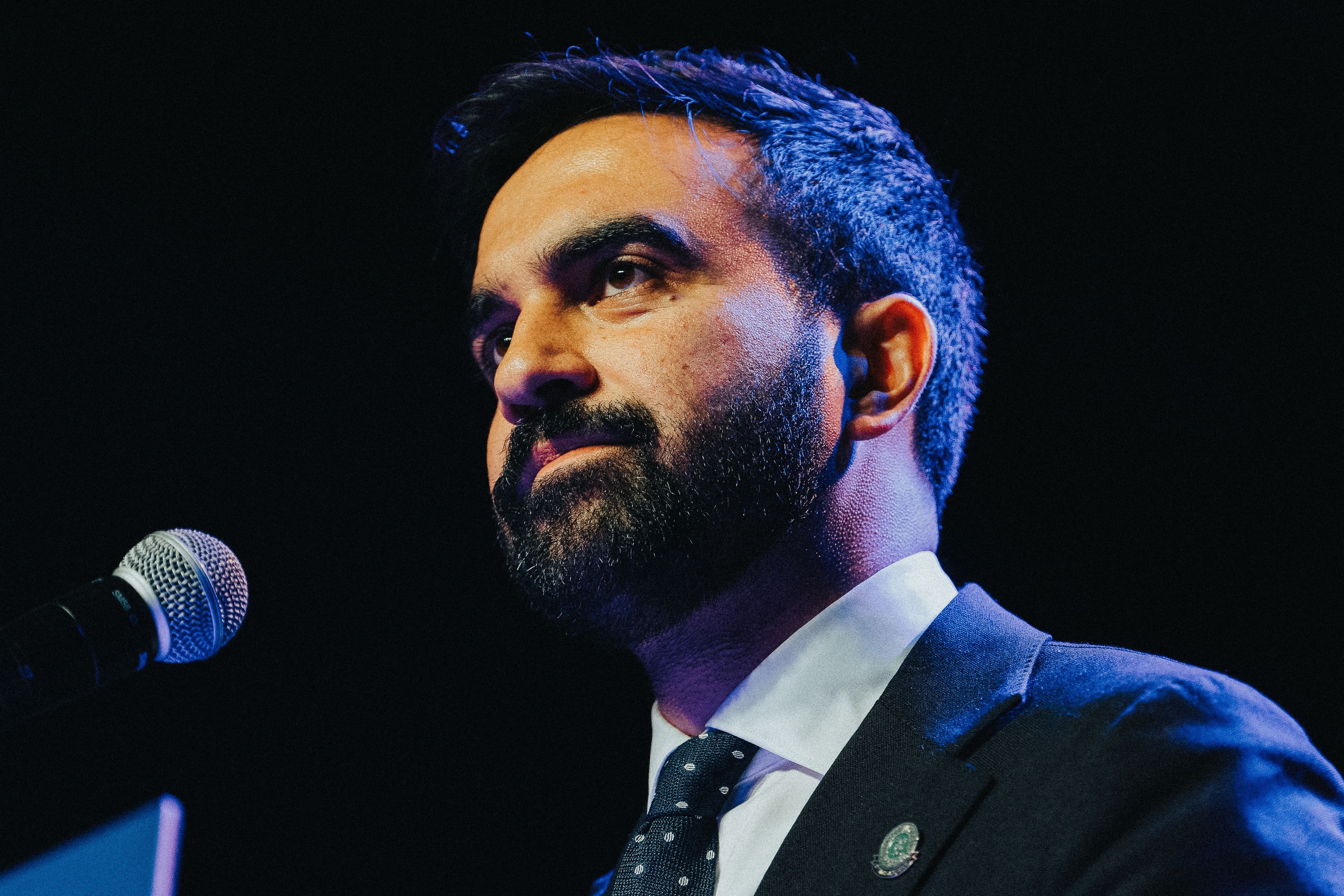
LA Rent Caps Will Backfire (on Renters)Dec 4
city council votes to cap rent increases below inflation, crushing long-term cashflow for landlords with below market rents and knee-capping new development
Jul 25, 2025

Zohran Mamdani — the 33-year-old former amateur rapper, Democratic Socialist, and likely next mayor of New York City — has a lot of ideas. But the most impactful thing Mamdani might do as mayor isn’t freezing the rent or making buses free (it’s not clear the mayor can even do that stuff). Rather, Mamdani could enter Gracie Mansion and enact a long-held socialist dream: shuttering New York City’s jail system.
Under current law, New York will close the infamous Rikers Island jail complex in August of 2027. The facilities meant to replace it, everyone agrees, are unlikely to be ready by then. Yet somehow, no one seems interested in addressing the impending crisis — especially not Mamdani, a committed prison abolitionist. In fact, to free 7,669 people currently held before trial — mostly charged with crimes like murder, robbery, and rape — all Mamdani will have to do is… nothing.
How is this possible? Roll the clock back to 2019, when the New York City Council passed a law requiring that Rikers close. In its place, the plan is to build four jails in the city proper, one in each borough except Staten Island. That plan reflected the idea that Rikers was dangerous, dysfunctional, and cruel (fair, given that it’s now in federal receivership). It was also a triumph for the then-ascendant criminal justice reform movement.